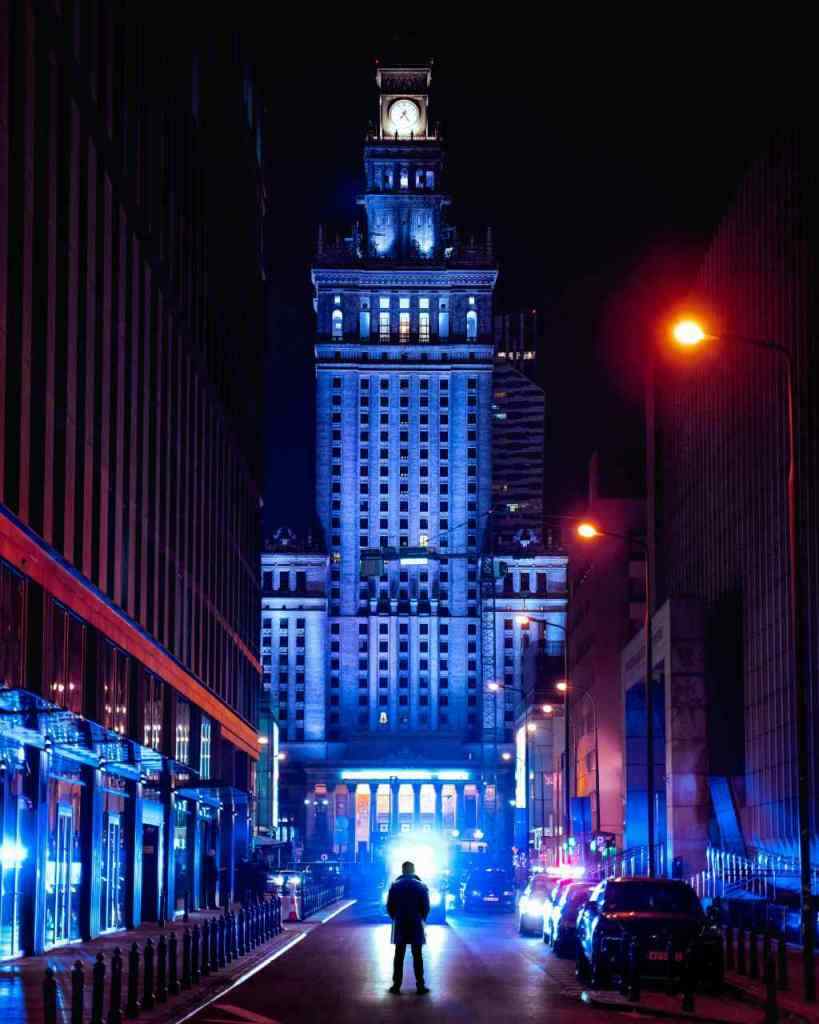A Vision Check-up for Language Models: Can LLMs “See” the World?
You know the old saying, “a picture is worth a thousand words?” Well, it’s got us wondering… can language models actually understand images, even if they’ve never been specifically trained on them? It’s a total mind-bender, right? A team of brainy researchers at MIT’s Computer Science and Artificial Intelligence Laboratory (CSAIL) are on the case, digging deep into the visual knowledge of these text-trained Large Language Models (LLMs). We’re talking ChatGPT, we’re talking Bard, we’re talking the whole AI shebang!
LLMs Display Surprising Visual Understanding
Get this: LLMs, those AI whiz kids trained exclusively on text, are showing a pretty wild grasp of the visual world. We’re talking about the ability to generate code that renders complex images with specific objects, compositions, you name it. They can even throw in visual effects! It’s like they’re low-key Bob Ross, but with code instead of paintbrushes. So, how do they do it? Researchers believe it all comes down to the way shapes, colors, and objects are described in the massive amounts of text and code data they’re trained on. It’s like they’re absorbing the visual world through the descriptions themselves. Pretty wild, huh?
MIT’s “Vision Check-up” for LLMs
To put these LLMs’ visual chops to the test, the MIT researchers cooked up something they call a “Visual Aptitude Dataset.” Think of it as a bunch of visual puzzles for our AI friends. The LLMs were tasked with generating image-rendering code for a whole bunch of shapes, objects, and even scenes. And guess what? These LLMs didn’t disappoint! The illustrations they whipped up, while maybe not exactly Picasso-level, clearly showed they could grasp spatial relationships and combine different concepts. We’re talking a car-shaped cake, people! How cool is that?
LLMs Can Iteratively Improve Their Visual Creations
One of the most mind-blowing things about these LLMs is their ability to learn and adapt on the fly. We’re talking real-time visual improvements, folks! Users can actually interact with the LLMs, giving them feedback on their generated images, and the LLMs, like the overachievers they are, will actually tweak their code to refine the image based on that feedback. It’s like having a digital artist at your beck and call, ready to make your creative vision a reality. Need that car-shaped cake to be a convertible? No prob, the LLM’s got you covered.
Training a Computer Vision System on LLM-Generated Images
Okay, get ready for the real inception moment… The researchers took all those awesome, LLM-generated illustrations and created a whole dataset out of them. Then, they used that dataset to train a computer vision system. The goal? To see if a system trained on these AI-dreamed-up images could actually recognize objects in *real* photos. And guess what? It totally worked! In fact, this system, trained on synthetic data, actually outshone some systems trained on datasets of real photos. Talk about a reality-bending plot twist! This just goes to show the power and potential of these LLMs in shaping the future of computer vision.
Potential for Collaboration with Diffusion Models
Hold onto your hats, folks, because the future of AI image generation is about to get a whole lot more interesting. Imagine combining the visual knowledge of LLMs with the artistic prowess of AI tools like diffusion models. We’re talking about a match made in AI heaven! LLMs could act as the “brains” of the operation, using their understanding of visual concepts to guide diffusion models in creating even more realistic and detailed images. Need to add a flock of birds to your sunset photo? The LLM whispers to the diffusion model, “make it so,” and bam! Birds, just like that. This kind of collaboration has the potential to revolutionize the way we create and interact with images.
